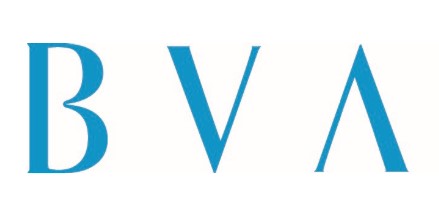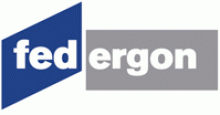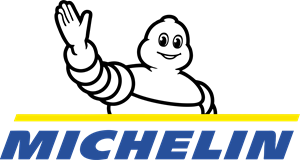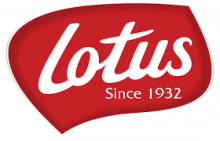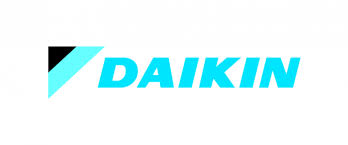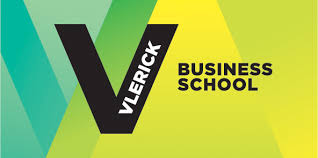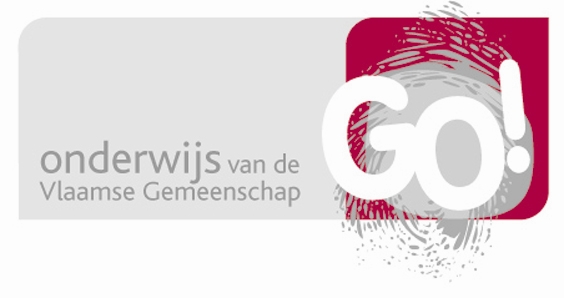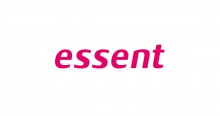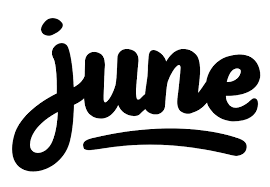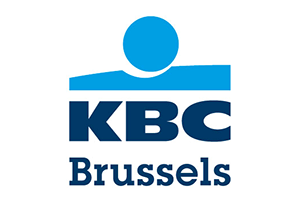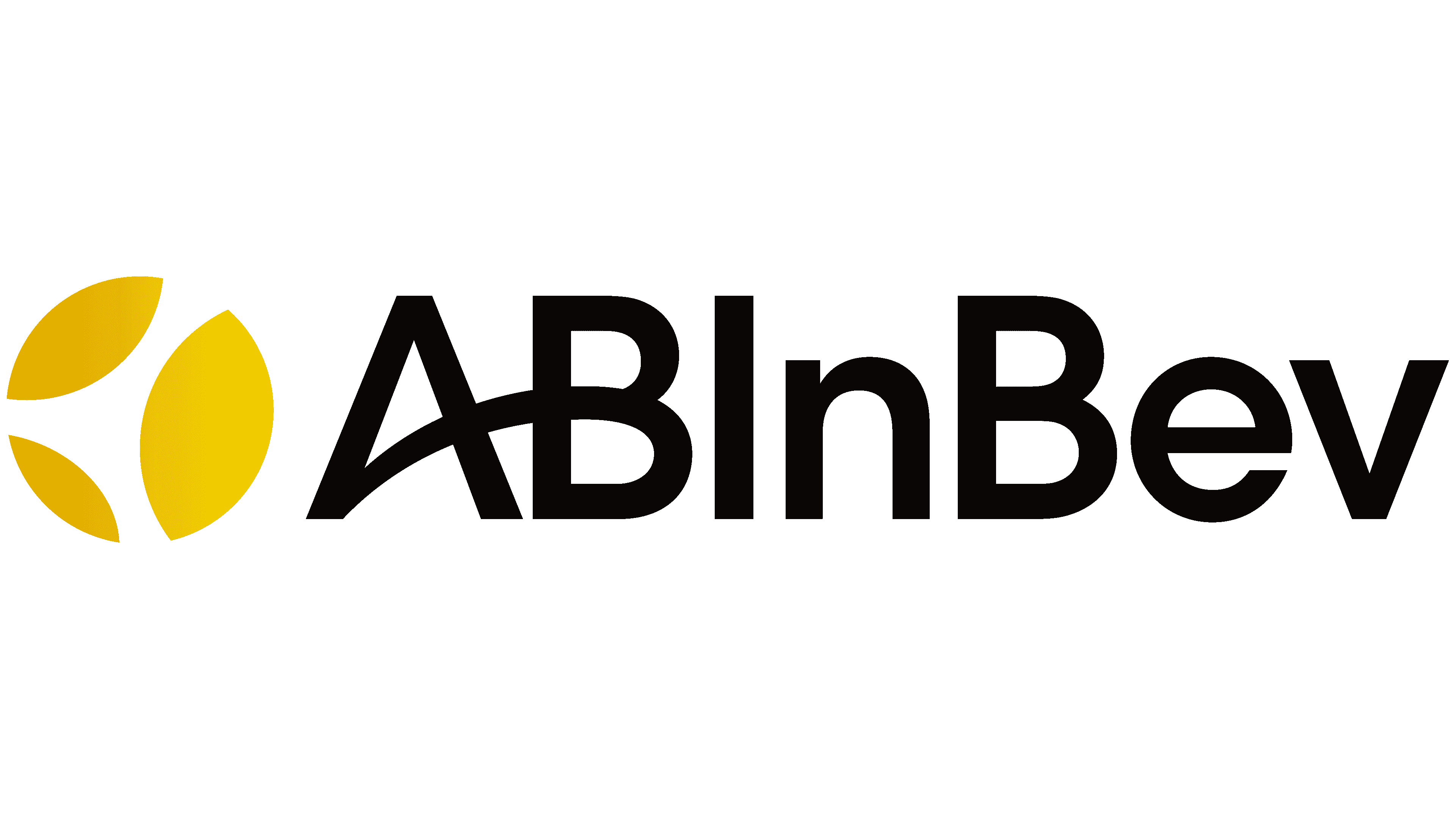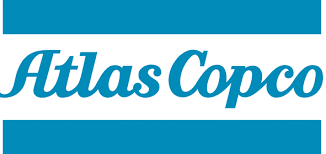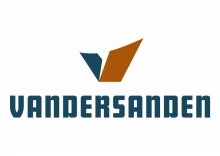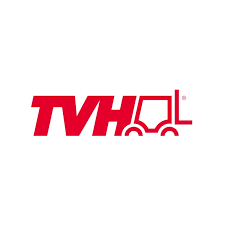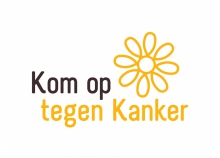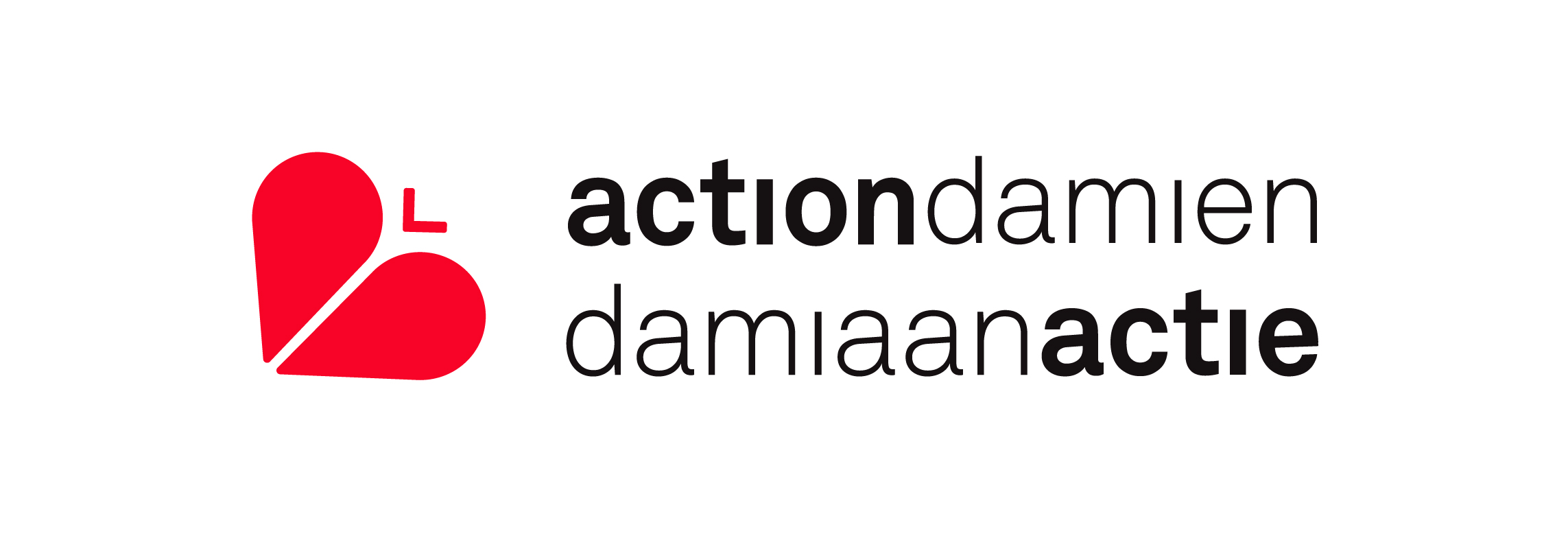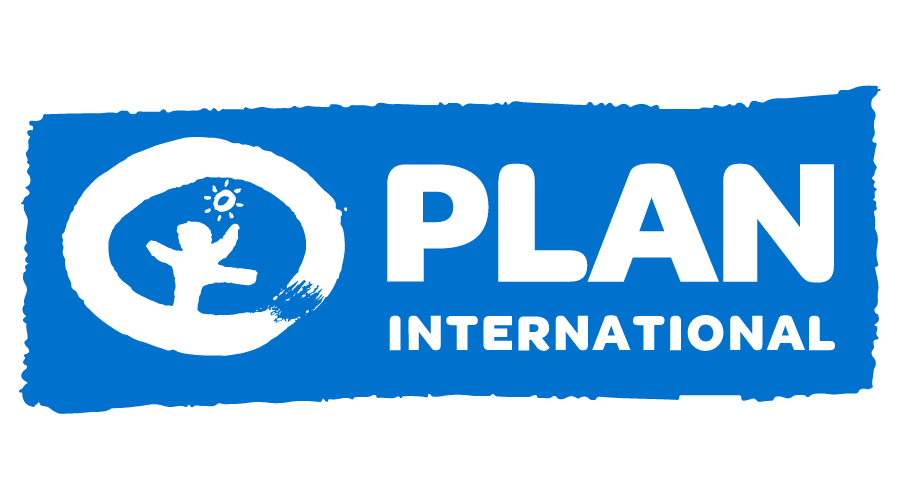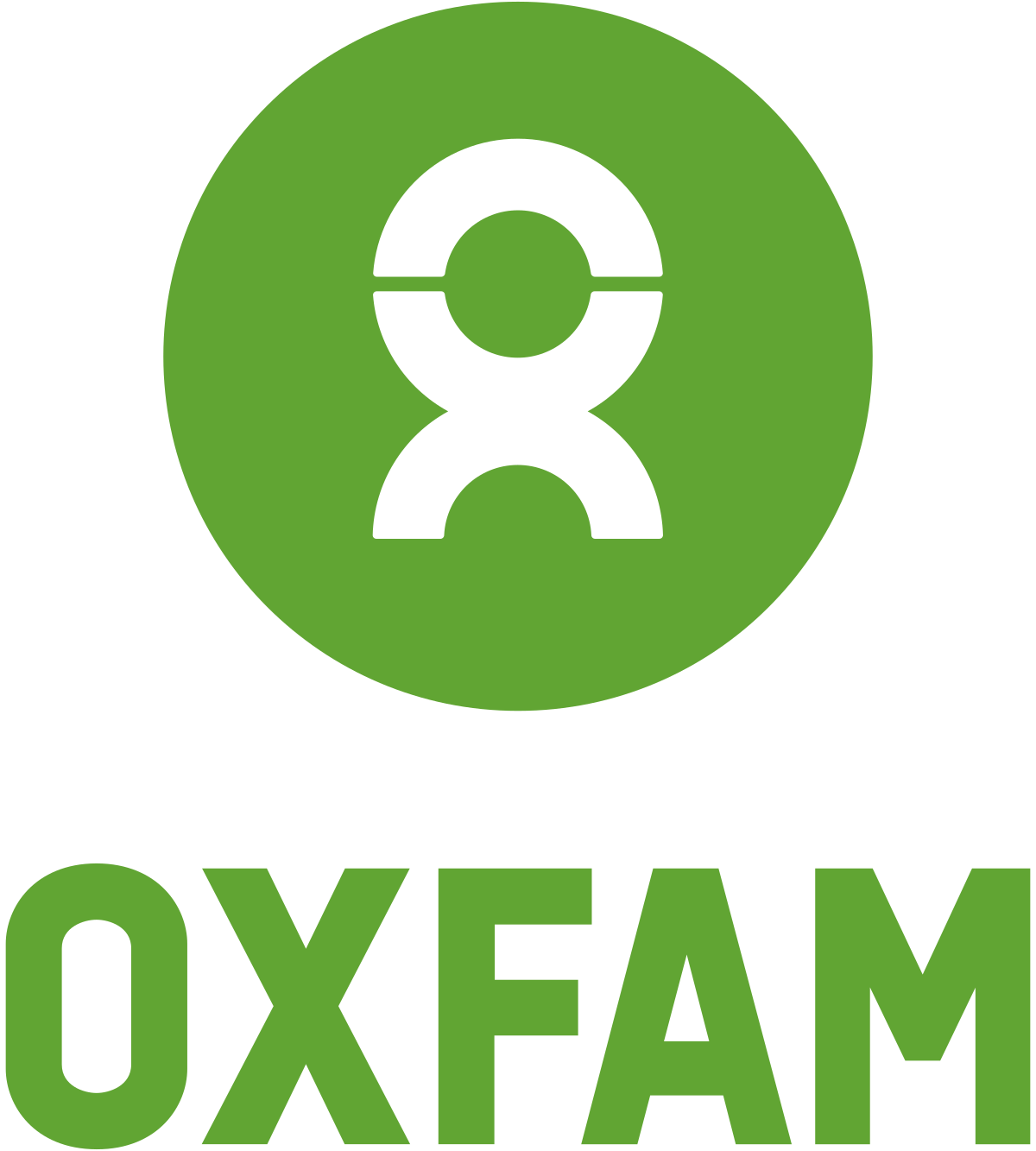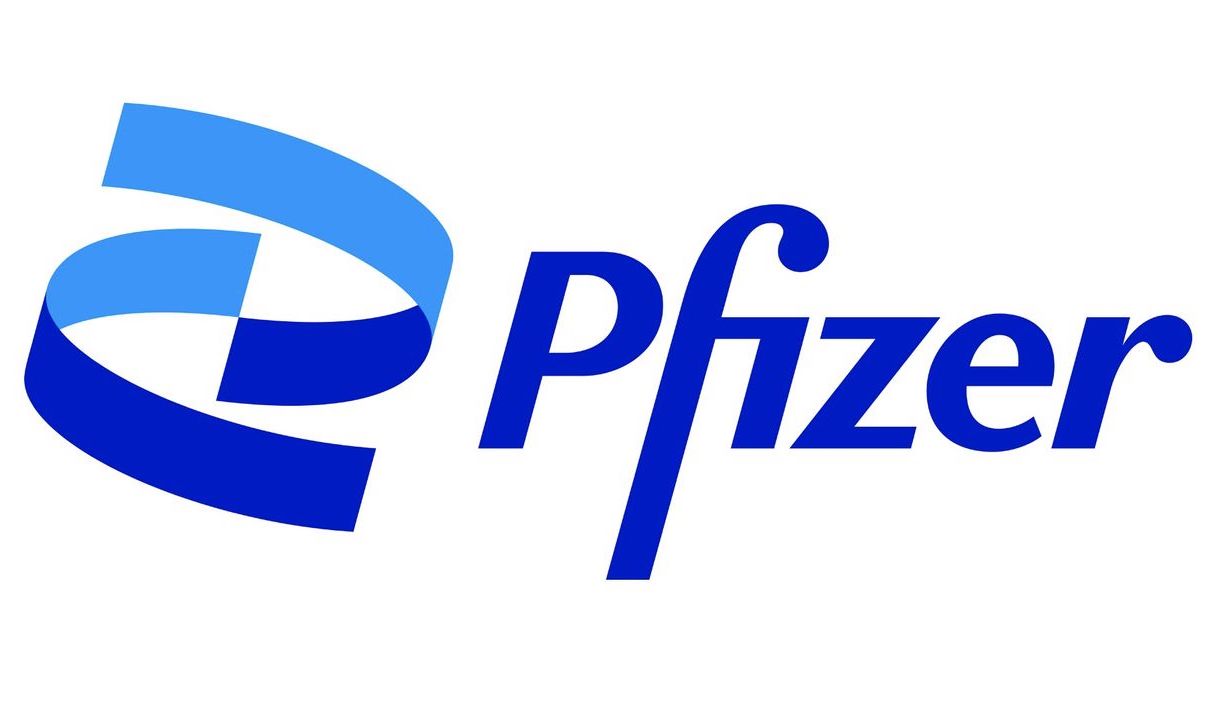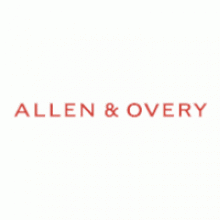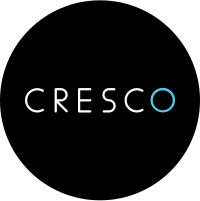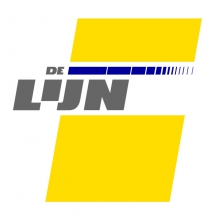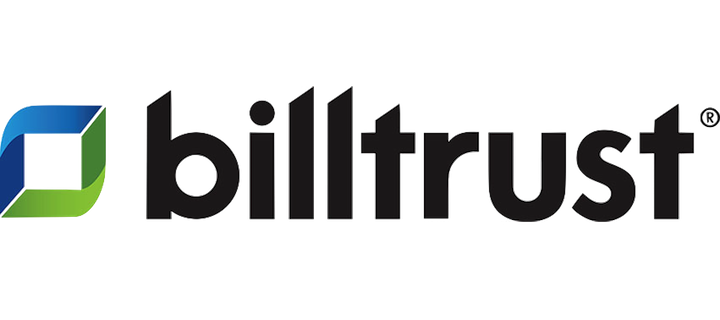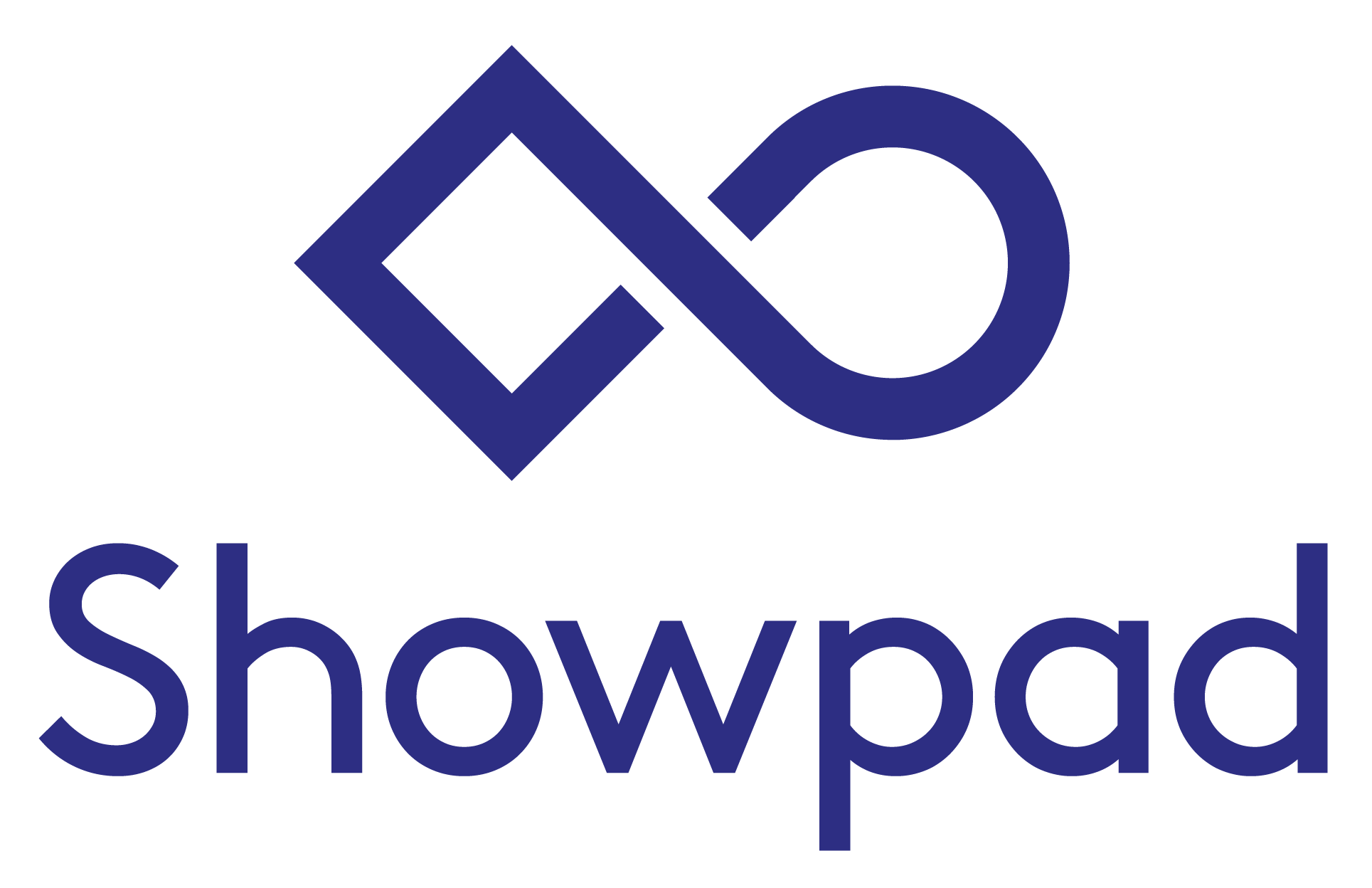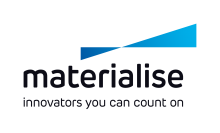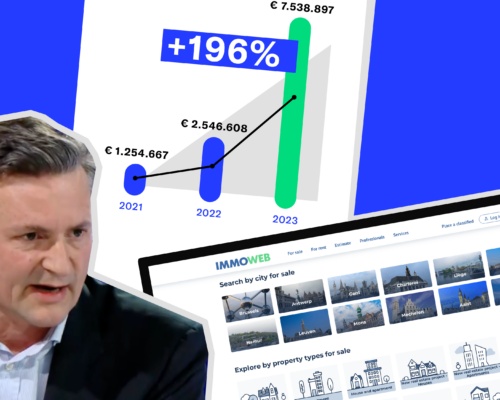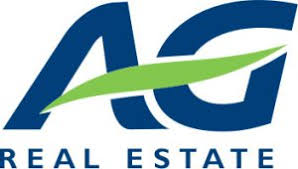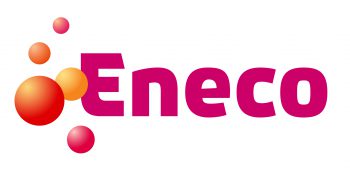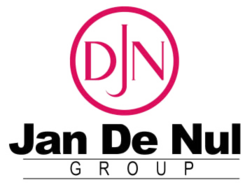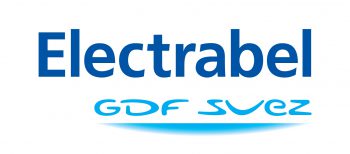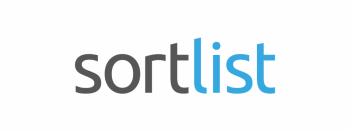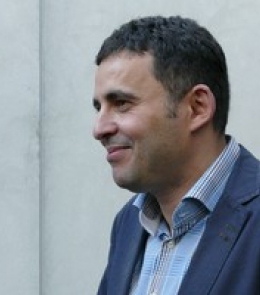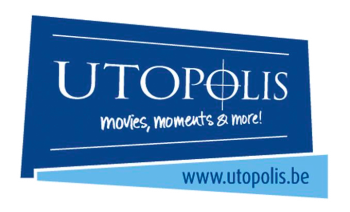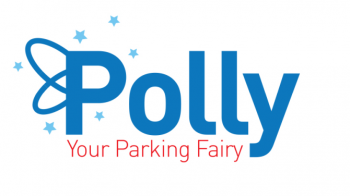At FINN, we co-create guest blogs for thought leadership and content marketing purposes for a range of organizations, both in B2B and in B2C environments, and for startups and large corporations.
The benefits of content marketing, inbound marketing and thought leadership content are clear. Content is a proven way to
- increase the reputation of a company
- generate leads
- drive sales
It can help establish organization leaders as visionaries in their industry, to increase their influence and it can help your organization to make its point to key stakeholders like politicians, regulators and customers.
Almost any reputational or marketing goal can be (at least partly) achieved through the creation of smart, timely content. Also, content marketing and thought leadership are great for SEO.
Guest blogs and op-eds that we have co-created with experts and leaders have been published in international media like Forbes, Fast Company, TechCrunch, Entrepreneur, Inc, Tech.eu, The Next Web, CFO.com and others. Not only are a few of these domains in the top 1000 most visited web properties in the world, they are also reputable sources that can give your SEO a nice kick.
If you’re reading this, however, we will assume that you don’t need to be convinced of the benefits of thought leadership.
You are interested in starting a program yourself, but you just don’t know how to do it. That’s what this blog is for: to show you exactly how you can set up a robust collaboration between a writer, a thought leader (CEO or expert) and the corporate communication department.
Challenges and constraints
Let’s start by looking at the challenges of thought leadership and guest blogging, as well as some constraints.
The challenge is that you want your CEO and your experts to take part in industry and societal debates at the highest level.
Unfortunately, while these people are generally knowledgeable about their industry, they often don’t write well. On the other hand, you have access to people who write well, but who aren’t industry experts. You need to find a way to make them work together smoothly and efficiently.
The specific constraints that you’re faced with at this point are time and political capital.
Time – because C-level executives and experts have very little time, and writing tends to take time if you want to do it well, and also because the longer you spend working on an article or blog, the greater the chance that external circumstances will change and will make your ideas obsolete.
For this reason, you must avoid giving your thought leader an ‘exit’: any excuse to pause or stop the process, or change the direction of the process along the way. Once you start the process of creating a piece of content, it should flow unimpeded to the end of the process, if possible within a timespan of 3 to 4 weeks.
Political capital– because when you first start this newsroom approach to thought leadership content, it will be a new, untested process. You will be held responsible for the result – or lack thereof. Therefore, you need to be able to guide your thought leader through the process successfully and repeatedly to build trust in the process.
Goal
Your goal then, is to create a repeatable process through which knowledge and insights are extracted from experts and turned in to high quality blog posts that will build the reputation of your C-level or expert using a brand journalist/ghostwriter.
The process that we detail here has been built and refined over the years to ensure the following:
- Smooth handovers: clear long and short term goals, to do’s, no dropped balls
- Lean work: the work flows in one direction only, towards a finished product. We want to avoid e-mail hairballs that are impossible to untangle and that make people cry
- Total production time of 10 – 15 hours for a length of 800 – 1300 words (not including pitching)
- Turnaround time of 3 to 4 weeks
Players
- CEO, expert or thought leader
- Corporate communication director/manager
- Brand journalist or (ghost)writer
- Editor/proofreader
The core of the process is the so-called ‘newsroom’ meeting between the CEO, corp comm director and the writer. It’s a meeting where we will try to fuse:
- the expertise of the CEO in their field
- the storytelling skills of the writer
- the strategic communication outlook of the corporate comm professional
If they have a successful meeting, everyone will leave the meeting with a clear path to a great piece of content. But before we get to the meeting, it’s essential that you set up a system to follow the narrative ebb and flow in your industry.
Phase 0: Monitoring the media landscape
What is hot, what is not? Who are up-and-coming players, and who are the influencers who can change a debate with one intervention? You need to monitor this.
Sources are influential global media like Quartz, FT, WSJ, Economist, NY Times, Bloomberg, The Atlantic, but also Business Insider, BuzzFeed and more popular consumer media. I’m assuming that as a communication professional, your Facebook, Twitter and LinkedIn feeds are already stuffed with these. Of course, you supplement these with the feeds from industry media. A semi-industrial way to monitor media is to use Feedly.
To actually turn these sources into usable raw material, make sure that you have a bookmarking tool that allows you to store links and stories for future reference. I’m particularly fond of Pearltrees, which allows you to create your own hierarchical ‘tree’ of bookmarks, based on whatever categories of content you want to create for your CEO or expert.
- Example: I have a Pearltrees section dedicated to ‘CEO reputation’, where I keep all articles that I come across that talk about how the reputation of a CEO helps or hurts their company. When I’m ideating a new blog post or when I’m writing a blog post and I need an example about a CEO and their reputation, I can quickly dive into this collection and pick whatever I need – rather than having to waste time on Google Search. The above approach works best for industries that have a lot of news about innovations and new products, like technology, energy, finance, mobility,…
If you’re in an industry like HR, communication, consulting, finance,… you might be better to put an alert on Google Scholar for important terms in your industry (e.g. ‘performance review’ or something). This will keep you updated on new, peer reviewed research in your field.
All participants in the meeting (CEO/expert, corp comm and writer) should adopt this process, as it will offer a shared understanding of the industry.
Phase I: Ideation – the newsroom meeting
What? A 30-minute meeting
Why? To ideate 1 viable idea
Who? CEO, corp comm, brand journalist
The newsroom meeting is the core of the process. It’s a 30-minute meeting that has only one objective: to find 1 viable idea for a piece of thought leadership content. In the terminology of the earlier blog, we are trying to find an ‘assigned goal’.
Some questions you can ask the expert:
- What’s new in your industry?
- What are some questions that stakeholders have asked you lately?
- Which phenomena (even if marginal today) have the power to change your industry in 10, 20 or 30 years?
- What are some things that you believe or know about your industry that very few people know or believe?
- Are some phenomena that people in your industry misinterpret today?
The objective is to be able to agree on about how much interest there will be in a clearly defined piece of content. We blogged about the difference between angles and subjects earlier – it’s an important distinction, but we won’t delve into it here.
More specifically, you need (fictitious example):
- A headline
- “Here’s what everyone has wrong about Tesla”
- Key points you want to make
- “Tesla doesn’t want to be a car maker, it wants to become a market leader in energy storage”
- A hypothesis that the expert is convinced we will be able to back up with facts, research and anecdotal evidence
- EG “Tesla spends 50% of its R&D budget on batteries, not cars”
- A gold medal media outlet where you will offer the piece of content as a guest blog
- “It will be just the thing for Quartz”
The role of the corporate comm manager and writer is to challenge the CEO or expert to be more precise, to find more counterintuitive storylines, to offer more facts and less opinion.
Sometimes you will have the reverse problem, that the CEO won’t commit to an opinion, or doesn’t have one. Even though CEOs usually see themselves as experts, they are not necessarily experts, at least not yet. They have to grow accustomed to the idea that it’s not enough to read up about important evolutions – to follow them – but that if they want to be thought leaders, they need to think one or two steps ahead, in other words, leaders need to lead. It’s your job to gently convince them of that.
To organize a productive newsroom meeting, keep the following in mind:
One subject – Trying to ideate more than one subject entails a number of risks for the content creation.
The quality of the ideas goes down as you ideate more ideas. A long list of ideas looks nice, but the individual ideas on the list won’t stand up to closer scrutiny. Call it a ‘cheerleader effect’ for ideas.
Secondly, multiple subjects in a related field have a tendency to bleed into each other, creating confusion and taking away clarity and focus about what you want to say. See our earlier post that warns against subjects getting away from the author “like a greased pig”.
Finally, research in lean production shows that increasing the number of items you work on also increases the lead times to create the product. From experience, we can confirm that if it takes 3 weeks to finish one blog post, it takes 10 weeks if you work on 2 blogs simultaneously and 20 weeks if you work on 3 blogs simultaneously.
One thought leader – We’ve tried doing ‘newsroom’ meetings with more than one expert in the room. This is a recipe for disaster, as they all start to pick apart each other’s ideas.
No exits – Both the ‘one subject’ and ‘one person’ rule serve to create a maximum of social pressure on the CEO or thought leader.
If they know that you’re also working on other things, it will allow them to deprioritize the content production. Take away this false security by creating a strong sense of urgency with the CEO or thought leader to get the piece finished. Make it clear that the pipeline of the entire organization consists of this one piece, and that it is their shared responsibility to get this thing out the door.
Phase II: Validation – Research
What? In phase II, you want to make sure that your idea is valid by checking and double-checking
Why? Because your CEO or expert doesn’t like being ridiculed when they post something on LinkedIn or Inc
Who? Writer, corp comm
You now have what you think is a great idea, and your CEO is pumped and enthusiastic, but you’re at least two steps away from writing anything. First, we need to make sure that our idea is actually valid.
Stress test the idea by trying to debunk it. In the validation phase, we will try to find supporting facts (proof points), but we will also try to find facts that disprove our hypothesis. One tenet from journalism is that it’s no use checking a good story to death. While that’s true, you also don’t want to spend time creating content around a weak or easily debunked idea or hypothesis. Ridicule is not good for your CEO, and not for you either.
Find concrete proof points and references. Collect facts, figures, quotes and counterarguments about the subject you’re researching.
Try to find as many surprising facts and ideas as you can, as these will keep the reader engaged throughout your text. Also, pay attention to major influencers who have written previously about the subject you’re researching.
Store all these facts, graphs, quotes, resources, links and other input in a big MindMeister mindmap. Make sure that for each piece of information, you keep track of the source.
This phase can take anywhere between 1 and 10 hours. Once you validate the idea, let the CEO know that you’re ready to move to the next phase:
Phase III: Outline – Information & Structure
What? A skeleton of your content
Why? Because you’re not ready to waste time on writing
Who? Writer
The goal of the outline is to create a detailed view on the proof points (information) you will provide and how you will arrange these proof points in a storyline (structure). An outline is not a movie – it’s a condensed version of the movie, as you would retell its plot to a friend after seeing it.
It’s crucial at this point to stay away from wording and phrasing. An outline allows your expert to see in detail which points they will make in the content – it allows them to add proof points, change the content or reject certain ideas that they don’t endorse or believe.
Our experience shows that for a 1,000-word content piece, you need anywhere between 7 and 11 bullet points that contain concrete proof points (facts, figures, estimates, quotes).
What does an outline look like?
An outline for the hypothetical Tesla piece would look like:
- Many people seem to think that Tesla is trying to kill the car industry
- Analyst report 1 from April 2016 says as much in this quote
- “QUOTE”
- Lone dissenters think that Tesla is a play to get bought by a car player
- Analyst report 2, quoted in Business Insider, wrote about it in February 2016
- “QUOTE”
- In fact, we think that Tesla is about batteries
- That might seem crazy at first sight, but not so crazy if you know where to look
- Reason 1: Elon Musk said so in his very first blog post
- Blog post from August 2006 about Tesla mission
- QUOTE
- But more compelling is reason 2: a look at Tesla’s R&D budget
- It’s not very obvious, but it’s buried in a footnote in their annual report, on page 223
- QUOTE
- Also, we took a look at the job descriptions of Tesla people on Linkedin – 40 % seem to be working on batteries
- Reason 1: Elon Musk said so in his very first blog post
- What does this mean?
- Meaning 1
- Meaning 2
And so on.
The key to a good outline is that you are precise. Don’t describe what a paragraph will be about. Instead, be specific. The difference is between this sentence:
“In this paragraph I will talk about the importance of link building for bloggers”
And this:
“SEO depends 47% on backlinks and 15% on social signal, according to [high quality source] This means that you should invest more in backlinks from influential bloggers, and less in the promotion of your content via Twitter.”
In a sense, the outline is like asking the CEO: “This is what you would have told me if you had all the necessary facts and figures at hand, right?”
Outline checklist:
- Are the facts and figures correct?
- Did you use high quality sources?
- Is the outline easy enough to understand for a non-expert?
- Are the facts arranged in a way to maximize the storytelling?
What is the difference between an outline and a draft?
In an outline, you don’t care about wording or phrasing. You want people to understand the narrative flow and the structure of the text, but you don’t care about choosing the right word. If fact, you try to avoid spending time on wording. At this point, we don’t know whether we’re on the right track with the information, and spending time on wording and phrasing is a waste of time and effort.
Why can’t we go directly to a first draft?
You can try, but our experience is that the information and structure phase (outlining) should be decoupled from the wording/phrasing phase (drafting).
If you don’t, you will present 3 levels of information for your CEO or expert to review:
- Information
- structure
- wording/phrasing
The risk is that they can’t tell one level apart from the other and start to rewrite. This is almost always a recipe for disaster.
It’s the difference between this (a crowdsourced map of the London Tube):

And this (a simplified map):

Since CEOs don’t have time for writing, they will postpone working on the text, slowing you down. Because they are inexperienced writers, there’s a huge risk that they break the entire piece or that they get stuck somewhere – again slowing or jeopardizing the process.
Your job is not only to create a good piece of content, it’s also to reassure the CEO that they are in good hands, and that you will make them look good to the outside world. When they are wrestling with a piece of content that they can’t control, this confidence will quickly evaporate.
Questions that the CEO should answer about the outline:
• Are you still happy with the thesis (the headline)?
• Can you agree with the facts, sources, quotes and other proof points that we present?
• Do you agree with the structure of the text and the conclusion that we arrive at?
PITFALL WARNING!
Beware of the speedy approval. Sometimes, busy people will approve an outline without really looking at it in depth. The danger is that they will act all surprised about the draft you send them some time later, and unscrew their mental red marker.
Since nothing is so depressing as a ‘track changes’ symphony in scarlet, please make sure you explain that the outline is the embryonic version of the final piece. Get the CEO or expert to understand that the outline is in fact the most important step of the process, and that any feedback on the content should be offered now, not when a draft is presented. Ideally, schedule a 10-minute meeting or call with the CEO to go over the outline.
PHASE IV: Draft 1
From here on, the work is easy.
The draft is a first attempt to put the structure into a fluid text. This is the point where we start to apply wording and phrasing to our outline. You will probably have to kill a few darlings: facts, figures and quotes that you liked, but that are distracting to the reader.
When writing, you’re trying to create a hyperloop: a piece of content that goes from zero to 700 MPH in seconds and travels in a straight line to its conclusion. If everyone’s done their job, the first draft should be ready in an hour or two, provided you are aiming for an 800 – 1200 word text.
Phase V: Final Draft
Based on the feedback you receive, you should now be able to finish the final draft of the content in an hour at most. If not, there is a problem earlier on in the process that you need to address next time. Most often, the problem is either in the validation phase (a not-so-strong idea that made it past the filter) or in the research or outline phase (you didn’t find the content to back up your hypothesis).
Send the text for approval to the CEO or expert first, then send it to a proofreader. Doing it the other way around is is wasteful. Make sure the CEO understands that there is a proofreading phase coming. If necessary, explain that they can greenlight an AFS (Approved For Sending) version.
For maximum impact, create visuals in your company’s house style. Optimize them to be used as ‘cards’ on Twitter, LinkedIn and Facebook. Include your logo in the visuals in case people retweet them (or appropriate them for their own content).
Congrats! You’re now ready to pitch your content to the outside world. We’ll write about that part of the game soon.
